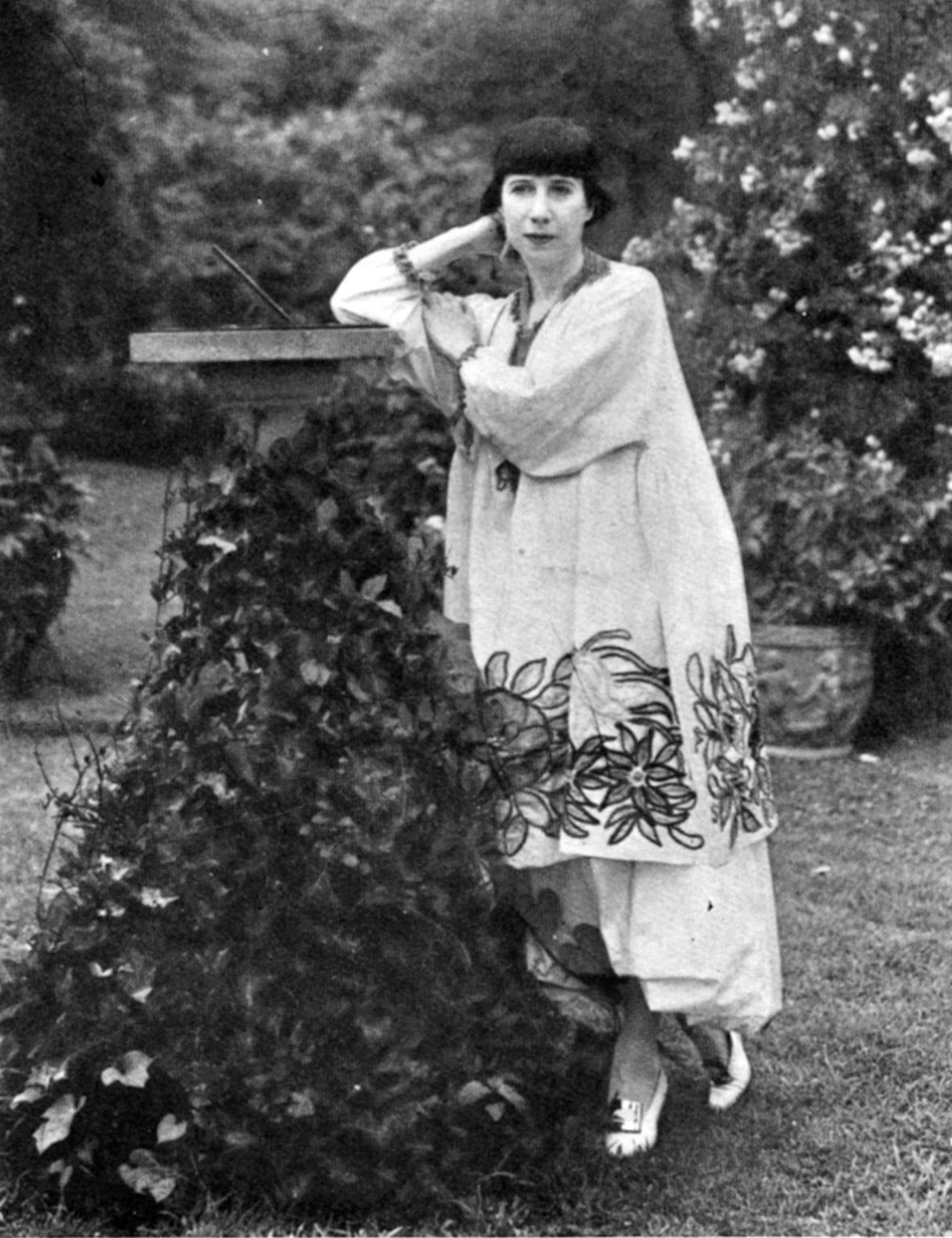Peter A. Juley & Son, Florine Stettheimer (circa 1917–20). © Smithsonian American Art Museum.
I recently saw the Florine Stettheimer: Painting Poetry exhibit (twice!) at the Art Gallery of Ontario. I hadn't heard of her before, but the moment I laid eyes on her work I knew she was an artist I wanted to know more about and to feature here.
Florine Stettheimer's "Spring Sale at Bendels", 1921
Florine Stettheimer (August 29, 1871 – May 11, 1944) is a relatively unknown artist, not due to a lack of talent, but because she didn't do much to promote her work during her lifetime. She was an aristocratic socialite, from a prominent, wealthy Jewish family in New York and didn't really take that much of an interest in showing or selling her work, preferring to gift her pieces to friends. She held one show at the "York’s Knoedler Gallery in 1916, the exhibition failed to sell a single work, and afterward Stettheimer opted to show her work only at her private salon and studio on Bryant Park." (artnet.com, May 2017)
Stettheimer's work centers around a few themes: florals, her family and social circle and set design. Her boldly coloured paintings epitomize the spirit of the Art Deco style and the Jazz Age. There is no deep, dark message hidden in these artworks - just a pure joie de vivre! Boating, picnicking, napping, shopping, attending the theatre - her tableaux showcase days in the life of the leisure class.
She was a truly liberated woman - a flapper - not necessarily arising from a feminist angst, but out of social privilege. She was relatively insular, socializing mainly with her family, her socialite friends and other Modernist artists like Georgia O'keeffe and Marcel Duchamp, who all held the same viewpoints on bucking that status quo. She was also heavily influenced by her independent, strong aunt, Caroline Walter Neustadter, whom she prominently featured in her paintings.
Stettheimer was also an accomplished poet. Like her art work, her poetry centered on similar whimsical, 'lightweight' subjects - flowers, shopping...general loafing and lounging around.
“My Attitude is One of Love
is all adoration
for the fringes
all the color
all tinsel creation
I like slippers gold
I like oysters cold
and my garden of mixed flowers
and the sky full of towers
and traffic in the streets
and Maillard’s sweets
and Bendel’s clothes
and Nat Lewis hose
and Tappe’s window arrays
and crystal fixtures
and my pictures
and Walt Disney cartoons
and colored balloons”
She was an avid theater goer with a great love of opera and ballet. This passion led her to design theater sets and costumes. "She created sets and costumes for the 1934 production of Four Saints in Three Acts, an opera by Virgil Thomson that included a libretto by Gertrude Stein. Her designs, which used cellophane in innovative ways, proved to be the project for which she was best known during her lifetime." (Wikipedia)
Florine Stettheimer - The Cathedrals of Broadway, 1929
Some of Stettheimer's critics have deemed her work juvenile and her subject matters superficial and narcissistic. But why does art have to have any deeper meaning? Why shouldn't we celebrate art for art's sake? Or appreciate art that represents the simple pleasures of life? Theatre going, shopping, eating in fancy restaurants in 1920's era New York seem like the most wonderful examples of a life well lived! Stettheimer painted what she knew during a hopeful time in history - and her work exemplifies the Art Deco philosophy - art for arts sake, art that is decorative. No need to get all angsty about it.
AGO's Florine Stettheimer: Painting Poetry exhibit runs until January 28, 2018. If you're in Toronto, I strongly urge you to see it!






